Porgy and Bess (Sydney Symphony Orchestra) ★★★★1/2
If any work can be dubbed as ‘The Great American Opera’, it is Gershwin’s genre-transgressing masterpiece, Porgy and Bess. It was based on white Southern writer DuBose Heyward’s novel Porgy (1925), as well as on his highly successful stage adaptation of the novel which had been a hit in the late 1920s and early 1930s. Heyward was of Southern ‘aristocratic’ stock, but had strong connections with the black community in his native Charleston. When the collaboration with Gershwin was set in train, Gershwin joined him in Charleston and experienced at first hand the music and traditions of the local Gullah community.
Gershwin was, of course, already renowned as a Broadway composer, and his forays into art music were greatly admired by many. Ironically, Gershwin seems to have felt that he needed more education in classical music, often seeking lessons from celebrated contemporary composers. A mutual admiration developed between him and Alban Berg – they would write two of the greatest operas of the twntieth century – with Wozzeck (1925) regarded by many as the century-defining work. Although vastly different in musical idiom, Porgy owes much to Wozzeck. One of Gershwin’s prize possessions was a score of Berg’s opera; he saw the American première of the opera, and he learned much about musical and dramaturgical structure from Berg: the ability to integrate vastly different musical elements into an organic whole.
Porgy is one of the most protean of all operas. From the time of its première in Boston on 30 September 1935 it has constantly been ‘reinvented’, often reflecting changing political, cultural, and social aspects of a particular period, similar perhaps to Bizet’s Carmen (1875) which has also undergone many transpositions and re-imaginings. Immediately after Porgy’s Broadway première on 10 October 1935, there began an ongoing assessment of the work’s place in the American opera canon. Gershwin was determined to create a ‘serious’ work based on folk elements that could define and elevate American cultural aspirations, using musical elements from popular and indigenous culture that might not immediately be regarded as appropriate for high culture. He also drew on Jewish liturgical music. Another element in the weight of expectation of the opera was the opportunities that the work would give to African American performers in a cultural arena from which they were largely excluded.
The reception was not overwhelmingly positive, with several African American critics expressing reservations about what they saw as cultural appropriation. White critics hailed the work as the first authentically American opera, while African American critics were conflicted by the success of the work, recognising the many opportunities for black performers that Porgy provided, but uneasy about what they saw as a work which perpetuated racial stereotypes.
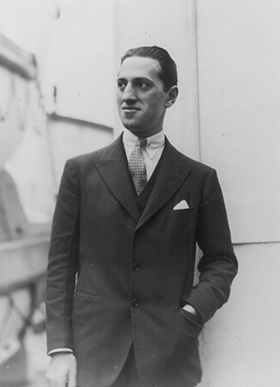 George Gershwin (Bain News/Wikimedia Commons)
George Gershwin (Bain News/Wikimedia Commons)
Some critics also felt that the musical idiom was not appropriate for opera; one retorted that the songs were ‘as indigenous to America as the rock-bound coast of Maine. In them lie America’s chance to make opera popular.’ Gershwin based much of the music on the style and form of spirituals, but all are original songs with lyrics by both Heyward and Gershwin’s brother, Ira.
Different versions of the work soon began to be performed. Gershwin adapted the work from the four-hour try-out in Carnegie Hall for the first Broadway run, making many cuts to the original score. It has been adapted many times to suit different circumstances. The first European production was remarkable: in 1943 at the Royal Danish Theatre with an all-white cast in blackface – this during the Nazi occupation! The work seemed to fall out of favour in the 1960s and 1970s; the Civil Rights movement in the United States was at its height and African American performers were loath to be involved.
A crucial production in Porgy’s history was that at the Houston Grand Opera in 1976 in which many of the cuts that had become traditional were restored. This production refocused the work as an opera, not just a Broadway show. Since then the work has happily co-existed as a fully fledged opera as well as a musical.
In 2012 a version, ‘The Gershwins’ Porgy and Bess’, directed by Diane Paulus, opened on Broadway. This version ‘re-musicalised’ the work, with changed orchestrations for a much smaller band, spoken dialogue replacing the recitatives, as well as some re-configuring of the book. It was not universally applauded and drew the ire of Stephen Sondheim, who objected to the way in which the contribution of DuBose Heyward was virtually elided. This reviewer was fortunate to see the show at the time (Arts Update 11/15), and despite always greatly admiring the ‘operatic’ version of the work, was most impressed. Central were the performances of Norm Lewis as Porgy and the luminous Audra McDonald in a Tony Award-winning performance as Bess.
The racial issues surrounding Porgy have never really been fully resolved, but it has been embraced by many black singers all over the world. A landmark and highly-acclaimed production by South Africa’s Cape Town Opera relocated it to Soweto in the 1960s. Performed all over the world, and sung by black South African singers, there were some African American singers in the cast, one of whom remarked how passionately the South African singers identified with the opera which made the Americans reconsider their attitudes: ‘I think we’ve got a little jaded in the US with Porgy and Bess. A lot of people just think that this is a show that is lovely to listen to and happened way back when. They’re not thinking that you can still find places where this is real. And if we’re not careful we could be right back there.’ The Clara in that production, Pretty Yende, is one of the rising soprano stars in the opera world.
Grace Bumbry, the celebrated African American mezzo, famously commented at the time of her involvement in the 1985 Metropolitan Opera production: ‘I thought it beneath me, I felt I had worked far too hard, that we had come far too far to have to retrogress to 1935. My way of dealing with it was to see that it was really a piece of Americana, of American history, whether we liked it or not. Whether I sing it or not, it was still going to be there.’ Ironically, there has never been any shortage of jazz performers, of whatever ethnic background, who have made songs from the opera some of the most covered numbers in all of popular music.
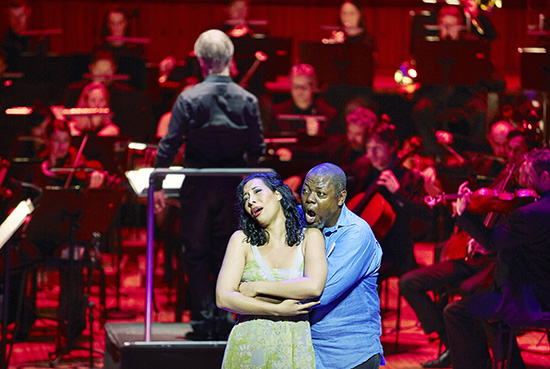 Nicole Cabell as Bess and Alfred Walker as Porgy in Sydney Symphony Orchestra's production of Porgy and Bess (photograph by Keith Saunders)
Nicole Cabell as Bess and Alfred Walker as Porgy in Sydney Symphony Orchestra's production of Porgy and Bess (photograph by Keith Saunders)
The Sydney Symphony Orchestra have done Gershwin proud; the energy and intensity of singers and instrumentalists made one forget that this performance was not on an operatic stage. The cast is led by Alfred Walker as Porgy, and Nicole Cabell as Bess. It is hard to imagine better performances than these. Cabell has impressed since winning the Cardiff Singer of the World in 2005, both with operatic and recital appearances, and she displayed a richly beautiful lyric soprano allied to an intense and moving acting performance. Walker has a bass baritone of immense power and expressivity, with the ability to reduce the sound down to a thread. His duet with Cabell, ‘Bess, you is my woman now’, was singing of the highest order. As the third figure in the triangle, Eric Green as Crown brought everything one could desire to the role. A towering physical and vocal presence, he has the vocal charisma and menace of the character – another voice of power and beauty. Jermaine Smith’s clear lyric tenor created both empathy and animus towards his lithe portrayal of the manipulative Sporting Life. Obviously at home in the role, he demonstrated great vocal and physical agility.
The other major roles in the large ensemble cast were just as impressive. Julia Bullock’s crystalline singing of the opening ‘Summertime’, and Karen Slack’s vocally sumptuous rendition of ‘My man’s gone now’ – goosebump material – demonstrated the vocal class and musicality of these singers. Gwendolyn Brown as Maria, and Leon Williams as Jake, had voices of power and incisiveness that complemented their richly hewed characterisation. Smaller roles were filled by Calvin Lee, John Fulton, Alison Buchanan, Chloé Zuel, Cornelius Johnson, Eddie Muliaumaseali’i, Michael Reddding, all providing vocal heft in the many ensembles, and vivid character portrayals. Brendan Taylor, Richard Sydenham, and Steve Rodgers were convincing in the non-singing roles, as was the delightful Djakapurra Beatty as Scipio: his interplay with conductor David Robertson was charming.
The great number, ‘It ain’t necessarily so’, opened the second half and had the Sydney Philharmonia Choirs right in the middle of the action, despite the necessity of being placed behind the orchestra. What a great contribution they made to the success of the evening, singing without music and providing the vocal backbone to the performance. The chorus is central to the opera, and Brett Weymark, as director, did a great job.
David Robertson was outstanding in creating excellent ensemble with the singers, chorus, and orchestra. His energy, enthusiasm, and obvious love of the opera was completely infectious, with the SSO magnificent in bringing out the rhythmic, melodic, and harmonic richness of Gershwin’s great score. Mitchell Butel’s lucid and clear direction of the singers in front of the orchestra utilised the space well, and kept the action flowing smoothly, complemented by excellent sound design by Des O’Neill, and lighting by Max Wilkie.
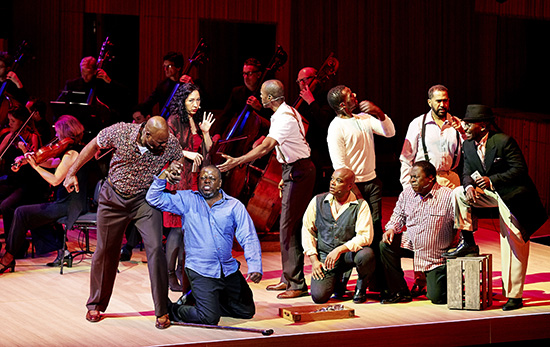 The cast of Sydney Symphony Orchestra's production of Porgy and Bess (photograph by Keith Saunders)
The cast of Sydney Symphony Orchestra's production of Porgy and Bess (photograph by Keith Saunders)
Melbourne has Wagner’s Ring at the moment, but in November Sydney audiences have been fortunate to see two very different, but important works in the operatic repertoire. Earlier this month, a new production of The Eighth Wonder opened on the steps of the Opera House – a work of great significance in the development of Australian opera. Porgy and Bess is undoubtedly one of the masterpieces of the twentieth century.
Opera is alive and well in Sydney at the moment. Yet one can only forlornly speculate how different operatic history might have been had George Gershwin (who died in 1937) lived for another thirty-eight years, the age he was when he died.
Porgy and Bess by George Gershwin, DuBose and Dorothy Heyward, and Ira Gershwin is conducted by David Robertson and presented by the Sydney Symphony Orchestra. Performances at the Sydney Opera House Concert Hall until 3 December 2016. Performance attended: 26 November.
Arts Update is generously supported by The Ian Potter Foundation.


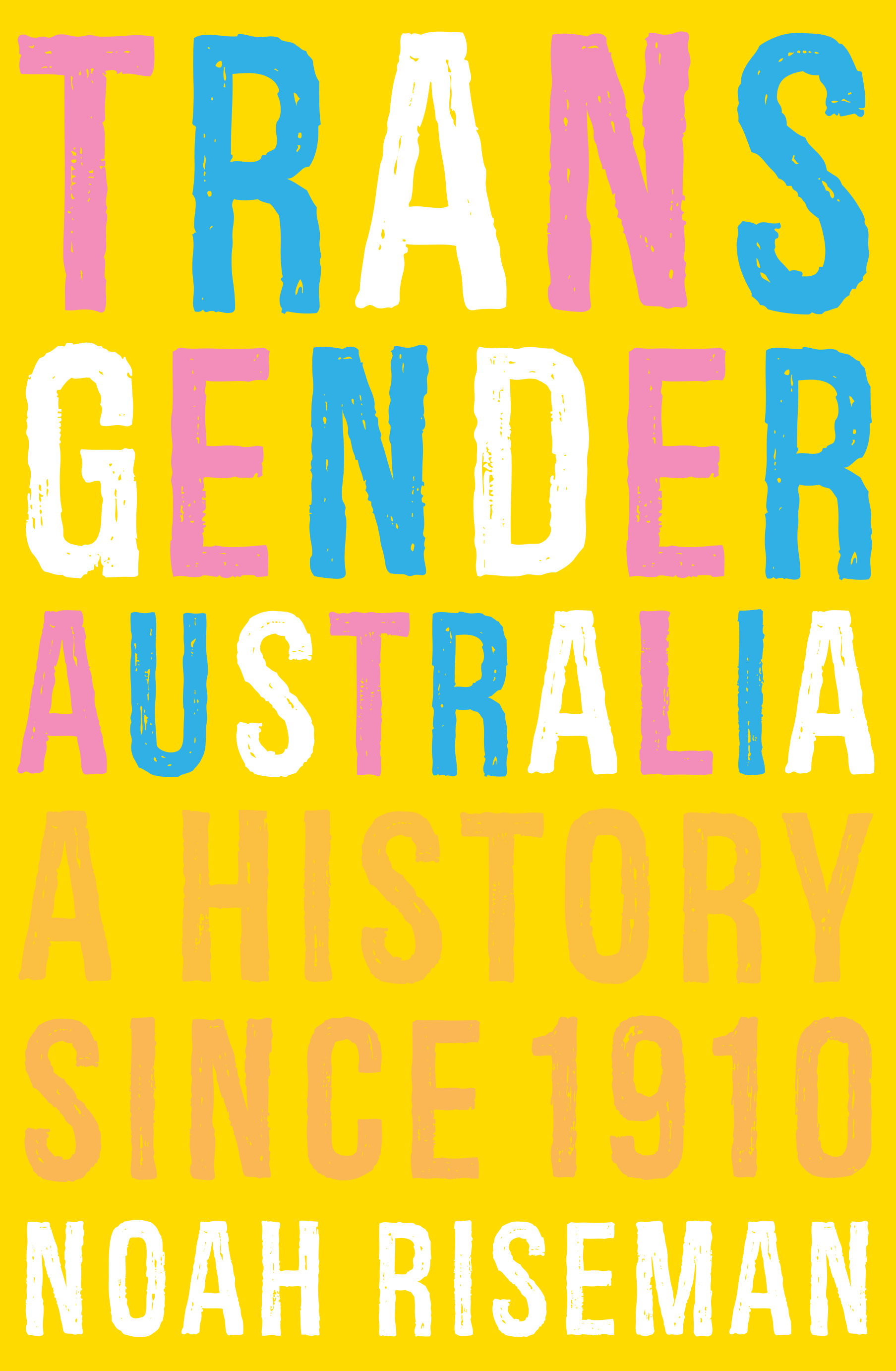

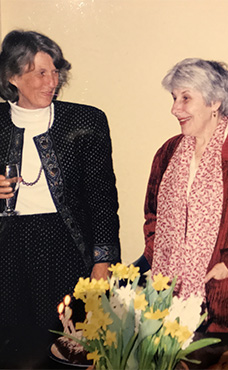
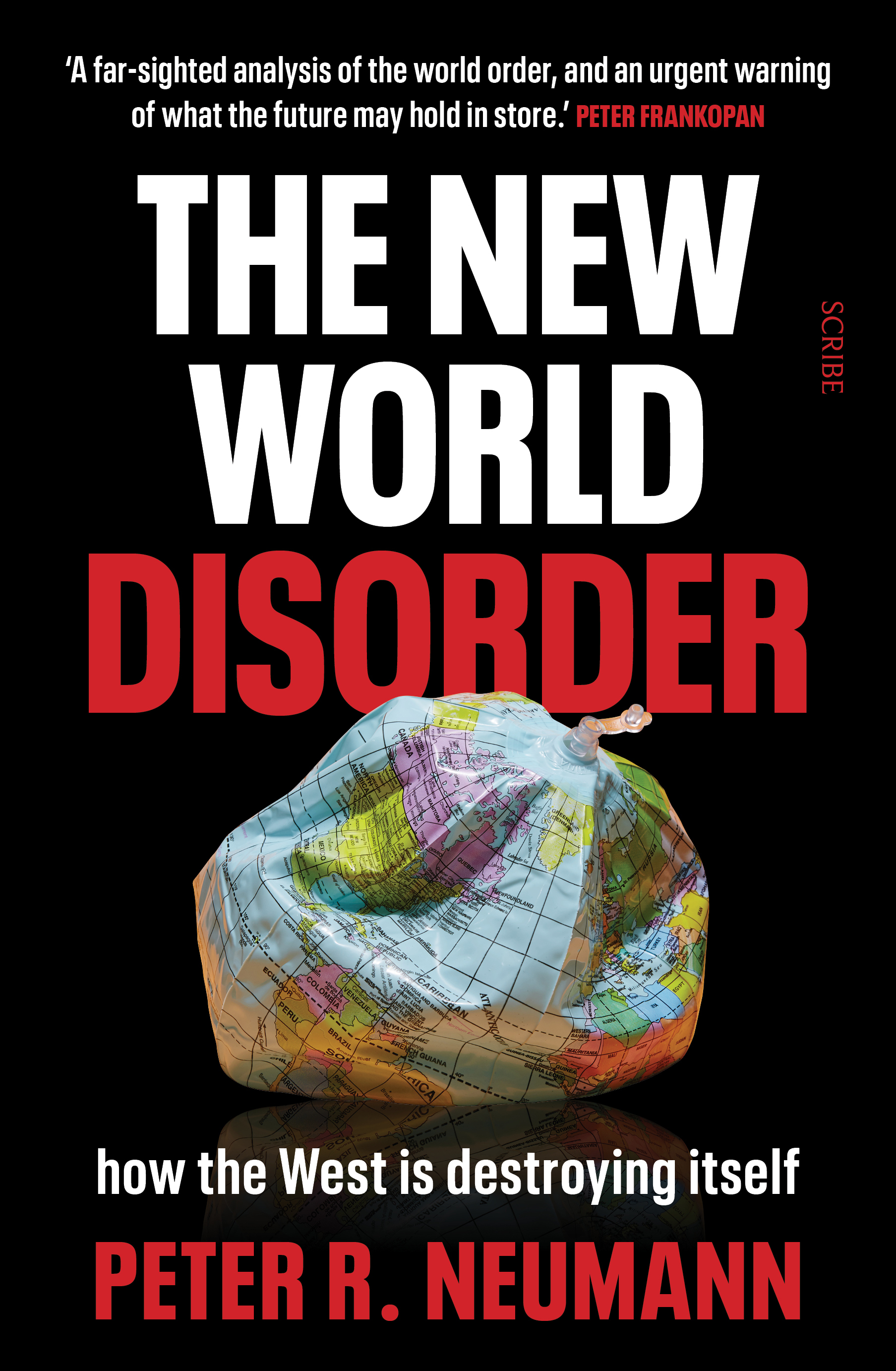
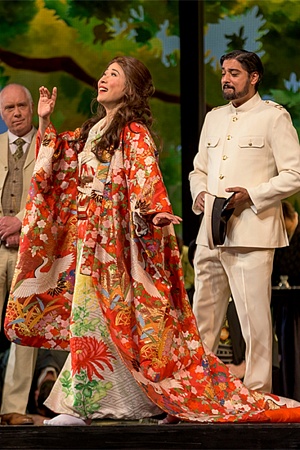
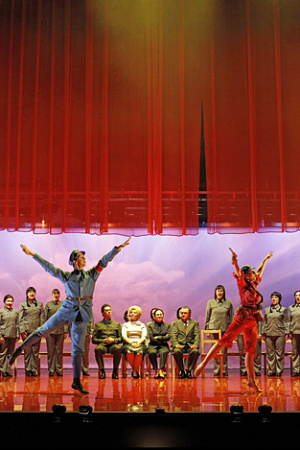
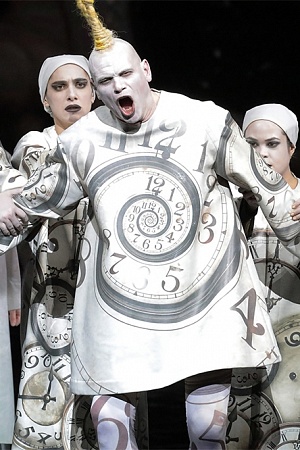
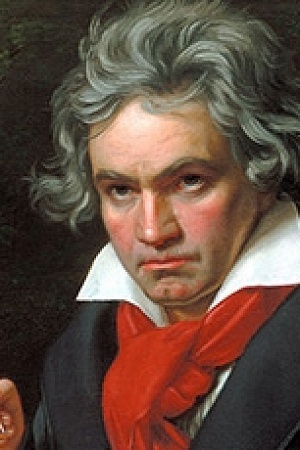
Leave a comment
If you are an ABR subscriber, you will need to sign in to post a comment.
If you have forgotten your sign in details, or if you receive an error message when trying to submit your comment, please email your comment (and the name of the article to which it relates) to ABR Comments. We will review your comment and, subject to approval, we will post it under your name.
Please note that all comments must be approved by ABR and comply with our Terms & Conditions.